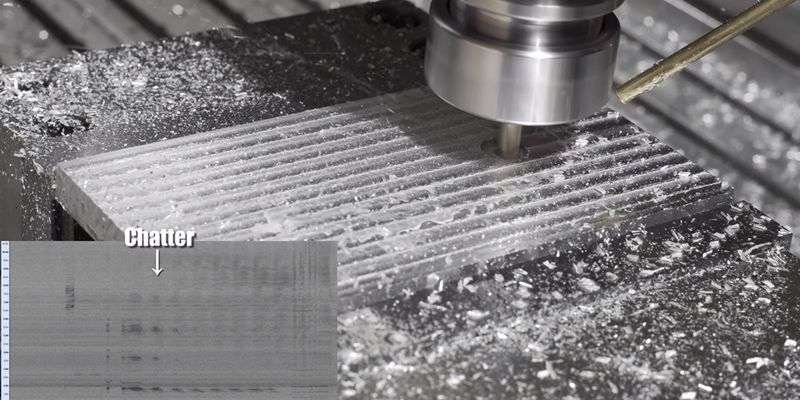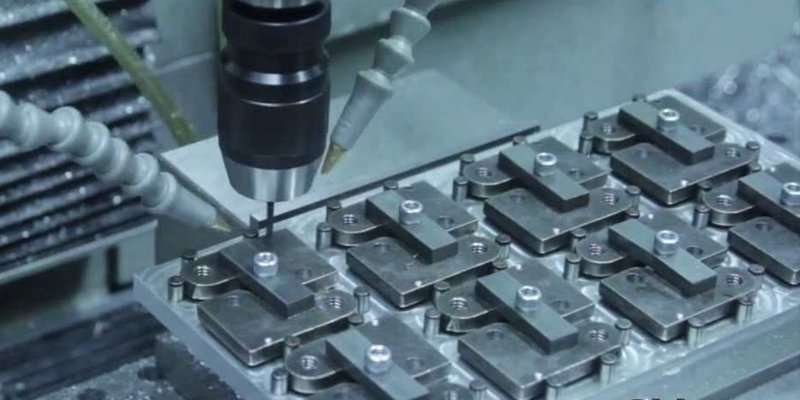When exploring the machining world, two essential phases are the benchmark of operation stages: roughing and finishing. Knowledge of the distinction between roughing and finishing helps manufacturers’ cutting process that removes how much material.
Whether you’re working on a personal project or an industrial application, the outcome of these machining processes can significantly impact the final product’s performance and aesthetics. In this article, we will discuss the differences between roughing and finishing.
Table of Contents
ToggleWhat is Roughing in CNC Machining?
Roughing is the first phase employed during the processing stages in machining. It is a machining process to remove a large amount of material from a workpiece. This process involves utilizing a cutting tool, such as an end mill or a roughing mill, to remove excess material quickly and efficiently.
CNC roughing aims to reduce the amount of material that needs to be removed during the subsequent finishing operations. By eliminating the bulk of the material in the roughing stage, the finishing operations can focus on achieving the desired final shape, surface finish, and dimensional accuracy.
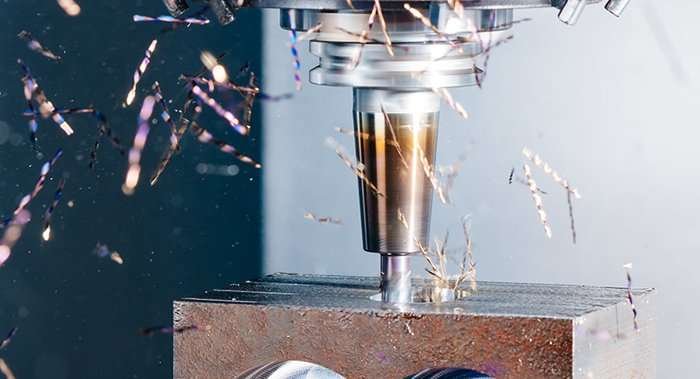
Advantages of Roughing in Machining Process
CNC machining is all about precision and efficiency, and roughing is crucial in achieving those goals. Some benefits include:
Time and Cost-effective
Roughing enables machinists to quickly shape the workpiece, eliminating significant amounts of material in a shorter time. Machinists can minimize the number of passes, optimize cutting parameters, and maximize material removal rates by optimizing the roughing process. This process leads to notable time savings and increased productivity.
Also, roughing minimizes the wear and tear on finishing tools by removing excess material quickly. This property helps extend the life of expensive finishing tools, reducing tooling costs in the long run.
Improved Surface Finish
Roughing helps in obtaining a better surface finish on the final product. By removing more considerable material in the initial stages, the finishing passes have less material to work on, resulting in a smoother finish. This feature is essential for parts that require a high-quality finish or are prone to distortion.
Error Detection
CNC Roughing allows machinists to assess the general shape, dimensions, and overall progress of the machining process. This process can uncover errors such as incorrect dimensions, inconsistencies, or unintended features that may have been missed during the design or planning stages.
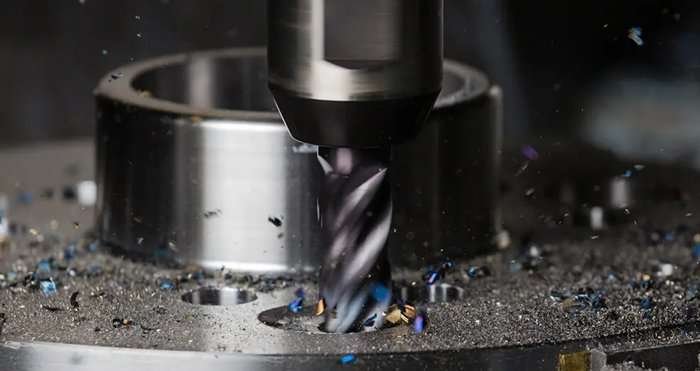
Considerations for Rough CNC Machining
For manufacturers, roughing processes offer an effective way to create the standard form of workpieces before undergoing further machining. There are some important considerations to remember during rough CNC machining to achieve accurate results.
Chip Control
Efficient chip control and evacuation are critical in roughing to prevent the recutting of chips and to maintain a good surface finish. This control can be achieved by using suitable cutting fluids (water-based or synthetic fluids), adequate coolant flow, and chip control features such as chip breakers or chip grooves on the tool.
Cutting Tool
Choosing the right cutting tool for a rough finish is essential. You’ll want a tool that can handle the high cutting forces and remove material efficiently. Carbide or high-speed steel tools are commonly used for roughing, as they are durable and can withstand the demands of the process.
Material Machined
Different materials have varying levels of machinability. Some materials, like aluminum and brass, are known for being highly machinable, meaning they can be easily cut and shaped. On the other hand, materials like stainless steel or titanium can be more challenging to machine due to their hardness and toughness. Consider the material’s machinability to ensure efficient rough machining and prevent excessive tool wear.
Guo, a CNC engineer at XinCheng Machining, also emphasizes efficient roughing strategies. He advises maintaining optimal cutting speeds and feeds, utilizing high-performance toolpaths, and employing robust tooling. Guo recommends cutting speeds to material characteristics, such as 500-1,000 SFM for aluminum and 200-400 SFM for steel. Optimal chip load, typically around 0.004-0.010 inches.
What is Finishing in CNC Machining?
Finishing refers to the final phase of the machining process, where the focus is on achieving the desired surface quality, dimensional accuracy, and overall appearance of the machined part. It involves removing any remaining imperfections such as roughness, burrs, machining marks, and refining surfaces and ensuring the machined part meets the required specifications.
Different methods can be employed in machining to achieve the desired finish, depending on the material being machined and the desired outcome. Some standard finishing techniques include surface coating, grinding, deburring, polishing, and CNC precision machining.
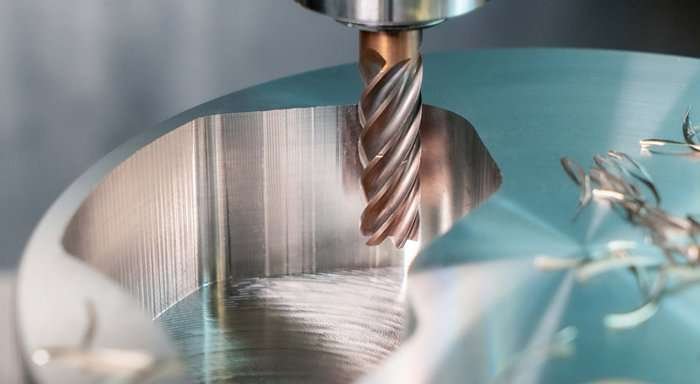
Common Finishing Methods Used in Machining
In machining, the choice of finishing method depends on factors such as the desired surface roughness, material hardness, and the specific requirements of the final product. Several standard finishing techniques enhance the appearance and functionality of machined parts. Some include:
Precision Machining
Precision machining involves cutting tools to remove material from a workpiece, producing a smooth and accurate surface finish. Whether turning, finishing milling, or drilling, this method can achieve the desired surface finish with incredible accuracy.
Usually, the machining standard tolerance limit is around +/-.005″ (0.127 mm). However, the specific tolerance and accuracy requirements in precision machining can vary depending on the part, its function, and the industry it serves. For instance, dental implants require tight tolerances to ensure a proper fit within the oral cavity, with tolerances typically ranging between 1 to 5 micrometers.
Surface Coating
Surface coating is a commonly used finishing treatment in machined parts. It involves the application of a thin layer of material onto the surface of a workpiece to improve its performance and durability. Coatings can be applied to various CNC machining materials, including metals, plastics, and composites.
It can significantly improve wear resistance, reduce friction, enhance hardness, and improve the overall performance of the workpiece. They can also provide additional mechanical properties such as corrosion resistance, thermal stability, and electrical conductivity.
Deburring
Deburring is a process used to remove burrs from the surface of a material, resulting in a smoother finish. Burrs are unwanted sharp edges or rough areas that may be present after manufacturing operations, such as cutting, drilling, or finishing milling. The importance of this rough finish method improves safety, functionality, and aesthetics and also reduce risks of injury like cuts and laceration.
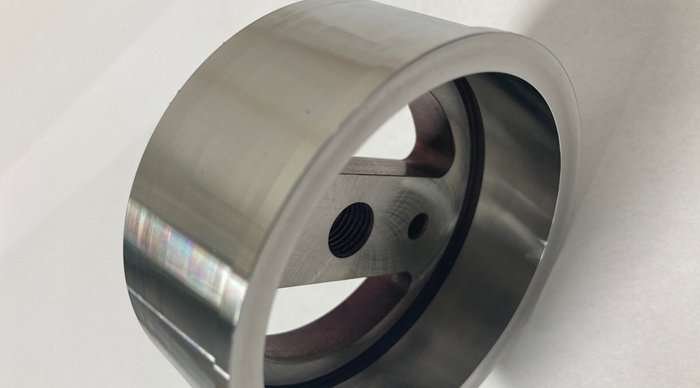
Advantages of Finishing CNC Machining
From the definition of finishing, this process aims to enhance accuracy and precision and increase the durability and functionality of the workpiece. Below are some advantages of finishing CNC machining.
Complex Geometry and High Precision
CNC finishing leverages advanced computer software and precise cutting tools to tackle even challenging geometries effortlessly. With utmost accuracy, complex geometries such as curved surfaces, sharp angles, intricate patterns, and intricate 3D designs can be achieved.
Also, operators can program the CNC machines to achieve high precision by specifying the desired tolerances, tool paths, and feed rates. This level of control and automation minimizes human errors and variations, resulting in parts that meet stringent quality standards.
Aesthetic Appeal
Finishing operations can significantly enhance the visual appearance of CNC machined parts, giving them a smooth and shiny appearance. In addition, painting, anodizing, or powder coating can provide a range of colors, textures, and finishes, allowing for customization and improved aesthetics. This feature is essential for parts used in consumer goods, automotive, or other industries where visual appeal is crucial.
Function and Assembly
Finishing contributes to the improved functionality of CNC machined parts in various ways. By removing rough edges or sharp protrusions, the risk of injury or damage to other components is reduced. Additionally, finishing processes like deburring or chamfering can ensure proper fit and alignment, enabling smooth assembly and operation of the finished product.
Improved Durability and Strength
Finishing contributes to the improved durability and strength of CNC machined parts. Specific finishing techniques, such as heat treatments or coatings, can increase the durability and strength of machined parts. Heat treatments like annealing, tempering, or stress relieving can enhance the material’s mechanical properties, making it more resistant to wear, fatigue, or corrosion, depending on the specific application requirements.
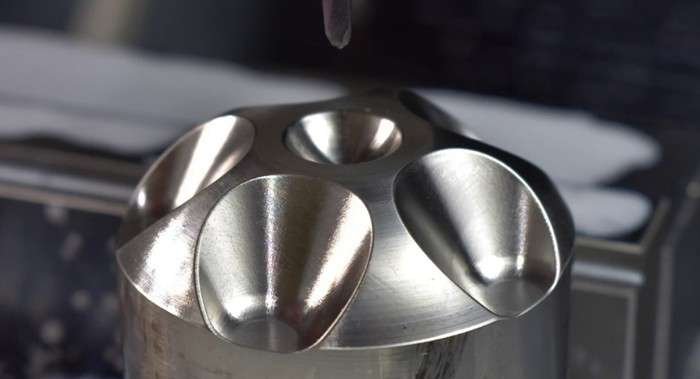
Considerations for Finish CNC Machining
When considering finishing options for machining, there are several important facets to adhere to keenly. Here are some key considerations:
Machining Cost
Finishing processes can add costs and extend the overall production time. Consider the budget and production timeline to determine the most efficient and cost-effective finishing options and select a finishing option that balances the desired finish quality and practical constraints. Some finishes may require additional equipment, specialized labor, or longer curing times, resulting in higher costs or longer lead times.
Read more: How to Save CNC Machining Cost?
Application of Part
Knowledge of the part’s application and environmental factors is critical to achieving accurate and consistent results. This information lets the engineer and machinist know the surface finish requirements, material compatibility, and the tolerance level the parts can endure during finish operations. For instance, machinists prioritize increasing the part’s durability over its visual appearance when choosing a finishing process for hidden automobile parts.
Quality and Consistency
Ensure that the chosen finishing technique consistently produces the desired finish quality. Factors such as repeatability, consistency across multiple parts, and ability to meet specified tolerances should be evaluated. Also, consider each finishing option’s reliability and quality control measures to ensure consistent and satisfactory results.
Types of CNC Machines
Different types of CNC machines have varying capabilities and features that can greatly impact the precision and surface quality of the finished product. Factors such as the speed, feed rate, and depth of cut during the machining process must be taken into account when determining the optimal parameters for achieving the desired finish.
In CNC machining, operations like finishing require high-precision machine tools. For example, 5-axis CNC machines, swiss CNC machines, and laser cutting CNC machines.
Differences Between Roughing and Finishing in Machining
Roughing and finishing in machining are two distinct operations that play essential roles in manufacturing. Here are their differences:
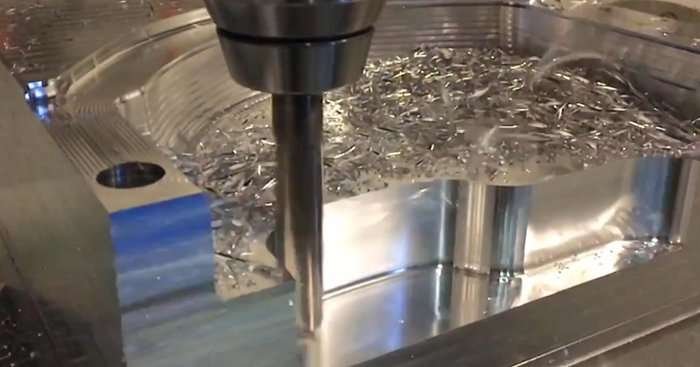
1. Meaning of Roughing and Finishing
Roughing is the initial stage of the machining process, where the focus is on removing as much material as possible to shape the workpiece efficiently. The primary goal is rapidly removing excess fabric, leaving behind a rough shape resembling the final desired form.
However, finishing is the final step in machining operations, focusing on achieving the desired surface finish and dimensional accuracy. Finishing processes use smaller cutting tools with finer cutting edges to remove minimal material and refine the part’s surface. This stage ensures that the workpiece meets the required smoothness, sharpness, and accuracy specifications.
2. Feed Rate and Depth of Cut
CNC Roughing operations use higher feed rates and depth of cut. A higher feed rate allows the cutting tool to move swiftly along the workpiece, removing material faster when Combined with a more profound amount. An optimum roughing process is maintained, essential to shaping the workpiece closer to its final form.
On the other hand, machinists utilize finishing processes at lower feed rates and cutting depths. Slowing the feed rate allows for more control, precision, and a better surface finish.
3. Material Removal Rate
When roughing in meaning is considered, the material removal rate (MRR) for roughing operations is higher than finishing operations, which is comparatively low. A higher MRR implies that production duration and cost are optimized effectively and an effective material removal process.

4. Surface Finish
Roughing operations primarily focus on material removal, and the resulting surface may have tool marks, scallops, or roughness. Finishing, in contrast, aims to achieve a smooth and refined surface finish suitable for specific applications or aesthetic requirements. It involves techniques like contouring, smoothing, and polishing to improve the visual appeal and functionality of the machined part.
Get XinCheng’s One-stop Machining Services
Getting quality machining services remains a fundamental goal to accomplishing rapid production success. At XinCheng, we offer comprehensive machining services to meet your machining requirements – from initial roughing to final finishing.
Our commitment to delivering high-quality machined prototypes and parts with various surface finish options. XinCheng recognizes the significance of production in every detail, so we ensure the product not only meets but surpasses your expectations in terms of quality and visual appeal. Please feel free to contact us and get an instant quote!
Conclusion
Correctly understanding roughing and finishing in machining will help you navigate both worlds efficiently. The acquired knowledge aids manufacturers and machinists to reduce machining time, minimize tool wear, and achieve the desired part shape efficiently, setting the stage for subsequent finishing operations.
FAQs
What are the challenges faced during roughing CNC machining?
The significant challenges in roughing CNC machining include chip evacuation problems, tool breakage, and heat generation.
Which has a high dimensional accuracy in roughing vs. finishing?
Finishing. Finishing operations consider the specific tolerances required for the production process, making it ideal for achieving high dimensional accuracy.
What are the downsides of finishing in machining?
Finishing in machining has its fair share of downsides, just like any other process, including a high potential for human error, material wastage, and increased time consumption.

